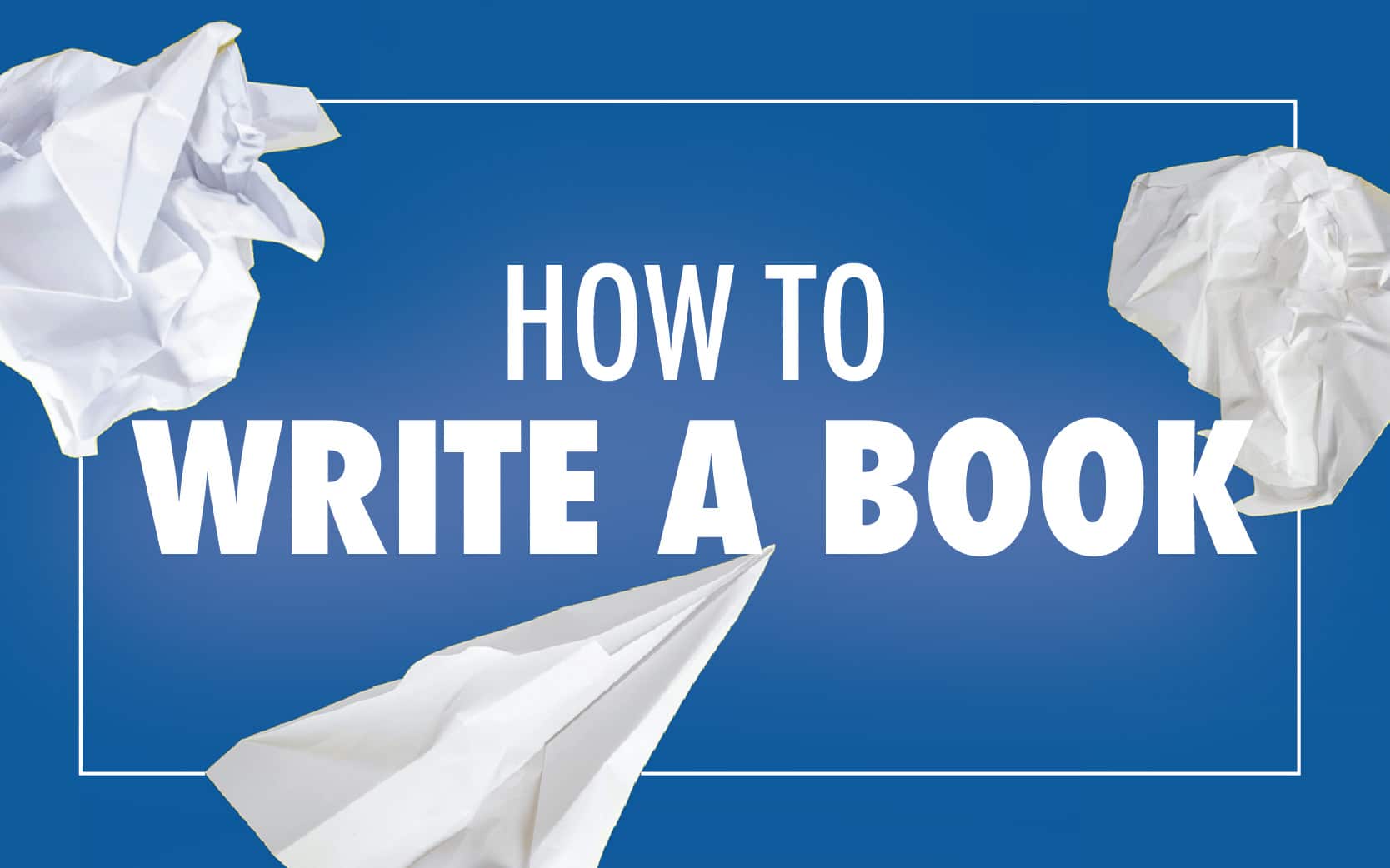How To Write A Book – Step-By-Step Guide for New Authors
To get you started, these steps explain the basic process of how to write a book:
- What’s the goal? – Get a clear understanding of what you want to achieve
- What’s the category? – Understand the genre/sub-genre you’re going to write
- Choose the structure for your book
- Draft an outline
- Choose your style guide
- Write, write, write
1. What’s the goal?
Before you get too carried away on your writing journey, you need to know why you’re going on it in the first place. Here are some helpful questions to ask yourself: What is it you want the reader to take away? How do you want them to feel? What tone do you want to speak with? Are you casual, or statistics-driven? Do you want to sound passionate and biased, or are you telling a funny story? This is your story, but how are you going to guide the reader without being beside them?
2. What’s the category?
After you’ve found the why and how now you must tackle the “wait, what exactly?” If you’re writing nonfiction, there are several different subgenres. These subgenres determine what you’ll say, as well as how you’ll say it. Narrative nonfiction tells a story. Memoirs, autobiographies, and biographies also all tell stories. Expository nonfiction prioritizes showing rather than telling. Textbooks, self-help books, and how-to books are all examples of those that do more to “explain” a topic.
3. The structure for your book
No matter if you’re writing non-fiction or fiction, it’s best to research themes and structures to keep your readers engaged. It also helps keep you, the author, on the topic as you write. Some popular structures are as follows:
- The Traditional Three-Act Structure – use chronological order to set up each act
- Manipulating Time – start the story in the middle and utilize flashbacks
- The Circular Structure – start with the climactic event, and circle back
- The Parallel Structure – telling two or more stories at the same time
4. Draft an outline
This step is absolutely critical to the success of your book. It helps ensure you cover every topic and note and will make your book much easier to follow. Follow these steps:
- Write down the main parts of your book’s structure. Leave lots of room for notes and bullet points to go in each space
- Consider each section separately. What do you want to say? Revisit your main goal of the book.
- Look at all the sub-points. What can you combine, or reorder to make a more cohesive, or fluid stream of thought? What needs to be separated? Is it feeling too heavy? Write a note to remind yourself to plug a short anecdote there.
- Remember that your outline is not set in stone. Continue to research as you write, and give yourself the freedom to explore different “versions” of what the book might look like!
5. Choose your style guide
A style guide is a set of guidelines that will help you be consistent in the writing process. What are your key words? What’s the tone you want to use- and is there a specific language that accompanies that? Write it out, even if you know it by heart. It will also be useful for your editor later on in the publishing process.
6. Write, write, write
The outline is the hardest part. With a style guide to keep you on track, it’s only a matter of getting your ideas to paper! Sit down, find your happy place, and get to writing.
If you still feel stuck – here are a few writing techniques to get you started:
- Remember: it’s your story!
- Take time to set the scene
- Bring your characters to life
- Be aware of ‘TMI’
- Remember dialogue
- Using plain language is encouraged



![[New Release] The Making of a Warrior of Light by Theresa Rubi Garcia](https://eliteonlinepublishing.com/wp-content/uploads/2025/12/Theresa-Garcia-New-Release-Elite-Blog-Post-400x250.png)
0 Comments